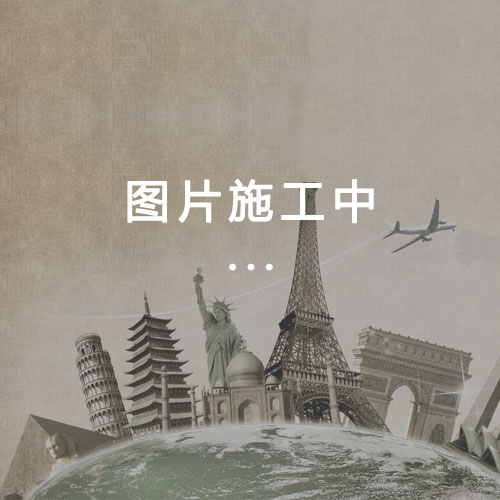
york w. bailey museum
景点介绍
An interpretation of the history of Penn School through artifacts and the...
景点印象
Joywil1
This museum is a pearl. The stories, the lives of person's past and present. I love coming to this museum, as it has broadened my horizon; as the Gullah, African culture has opened an even bigger world for me to appreciate and cultivate.
jubileegoddess
I love everything about this museum, it is filled with artifacts, books and papers that document the struggles and achievements of the Gullah-Geechee peoples. A must visit.
HappyCamper821
Oh -- the great history that's here on St Helena Island, at the Penn Center, & its York W. Bailey Museum. The island was one of the first places African slaves were landed in the Americas, along with Dafuskey Island (slaves' pronunciation of "the first key") off the coast of near-by Hilton Head. Partly because there was no from the island to the mainland US until the 1920's, the slaves and their African American descendants were isolated and thus, able to keep much of their African heritage, customs and language intact. Few white plantation owners lived on the island and those who did permanently fled at the start of the Civil War and even today, the island is 85% African American. It was perhaps the only place where freed slaves actually obtained (and kept) the promised 20 or 40 acres (alas, no mules), so they're also land-owners. The Penn Center was opened in 1862 as one of the first schools to teach the freed slaves to work with their hands, and many of the original buildings built by the students still stand. During his Civil Rights struggles, Dr. Martin Luther King retreated and strategized at Penn Center so often that a cottage was built for him on the grounds across the road from the Center. One of the original buildings on-site houses the York W. Bailey Museum, named for Dr. Bailey, M.D. who grew up on the island and received his early education at Penn Center before it closed in the 1950s when the state was forced by integration court decisions to educate the island's children. A young York Bailey left the island to study at Howard Univ. Medical School, Wash, D.C. After graduation, instead of seeking monetary success practicing medicine on the mainland, he chose to return home to the island to serve its people who could only pay him in chickens, eggs, farm vegetables, and in-kind labor, according to the local guide on the Gullah Geechee Mon Tour. She reported speaking with an island elder who knew Dr. Bailey, describing how the elder's eyes just lit up when she remembered how much island residents appreciated and loved him. The museum has a very extensive photo exhibit of the Penn Center's early days educating freed slave children, visits by renown black educators W.E.B. Dubois and Booker T. Washington, etc. It has many period items -- a wood stove, post-bellum farming equipment & cooking utensils, etc. On each of my 2 visits to the museum, there were very nice exhibits of fine artworks for sale. The $5 admission tickets were taken by a friendly older gentleman who'd attended the school and was eager to share his memories. The gift shop was well-stocked with books, videos, & CDs on the history of the island and the Center, dolls and jewelry made by local artists, African garments, etc. I combined my 2nd visit with an island-plantation tour by Gullah Geechee Mon Tours, narrated by an island native-- a great compliment to my museum visit.
914CindyH
Worth the stop. Great history on how the Penn center got started and how it evolved. The art work is incredible. Was worth the trip to visit.

